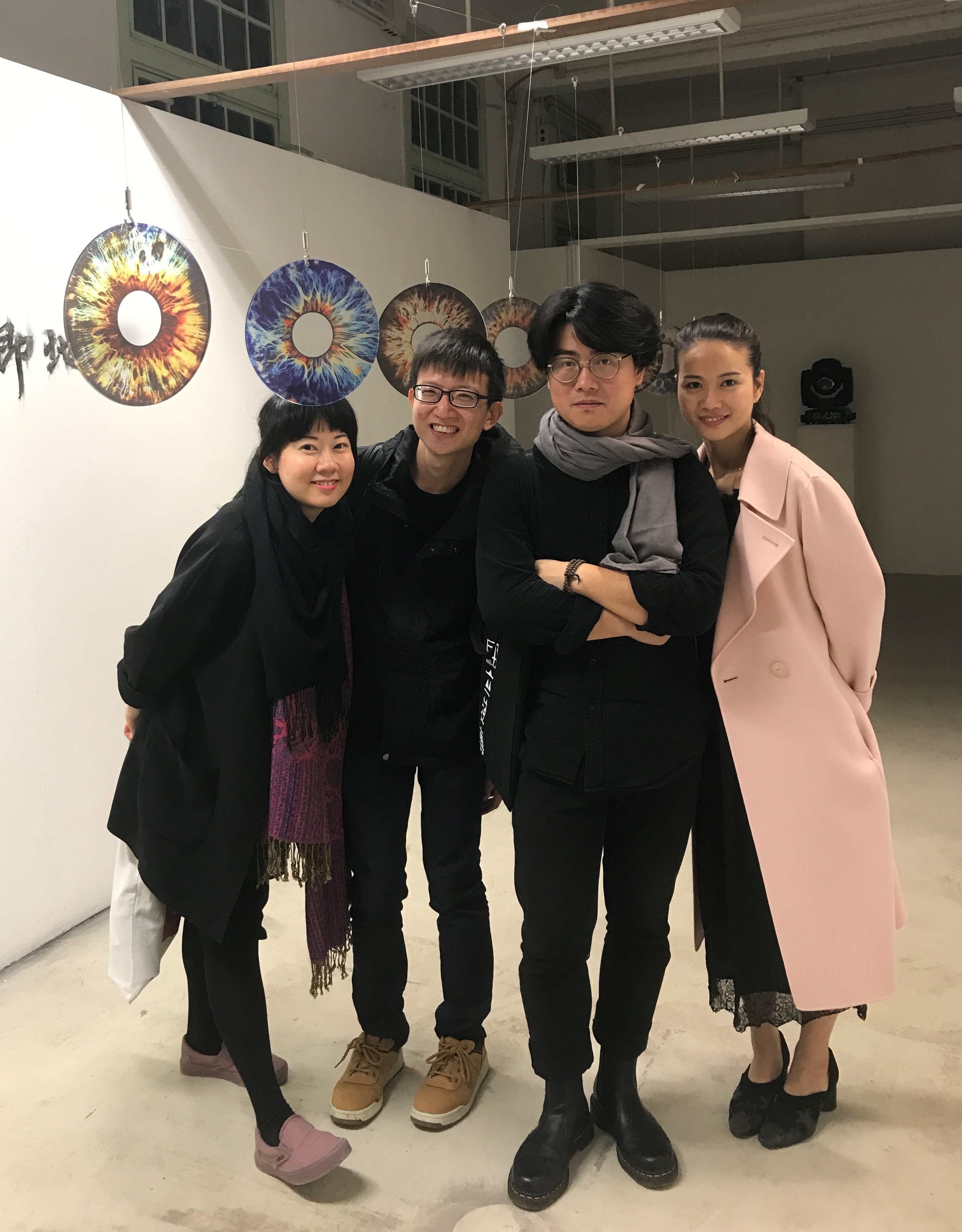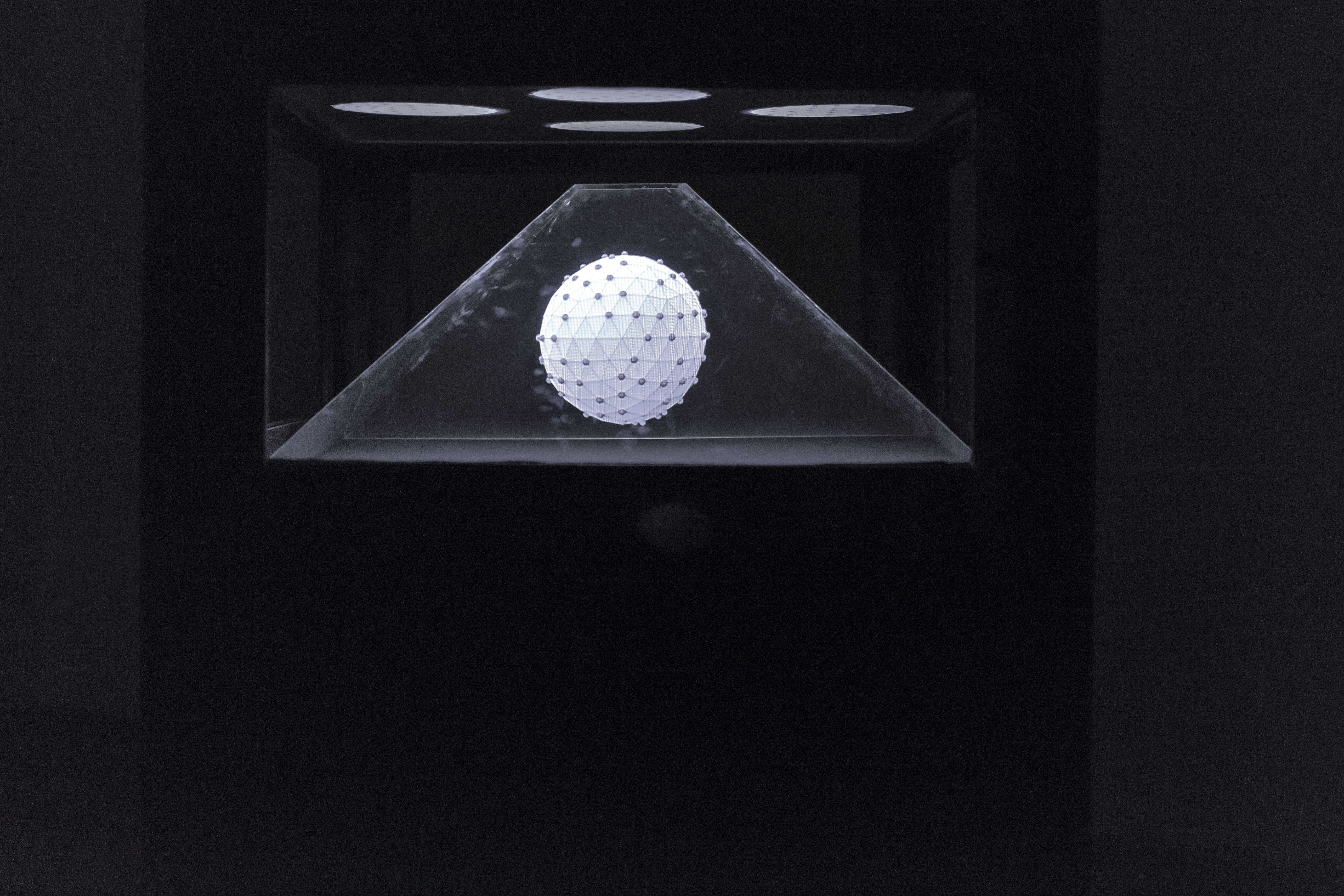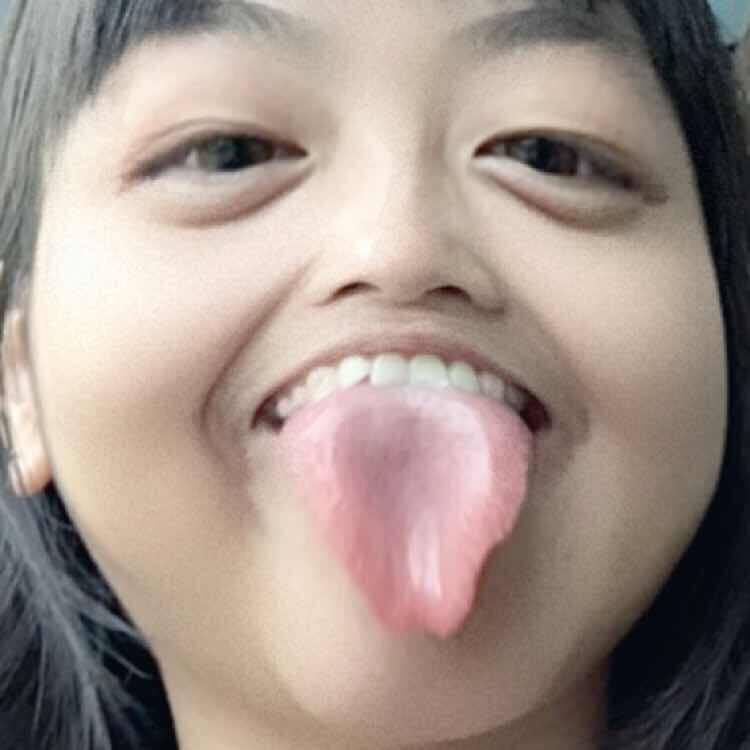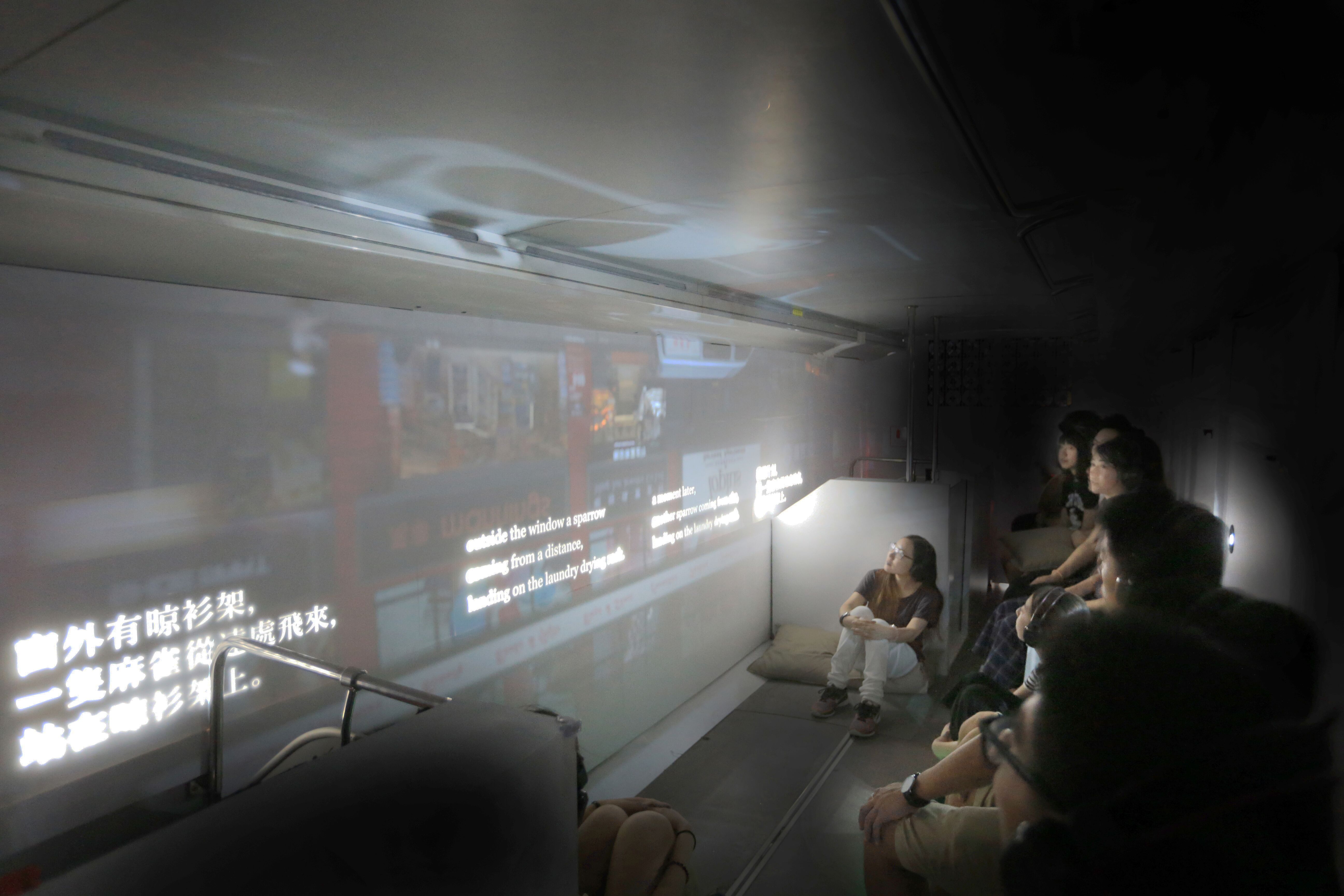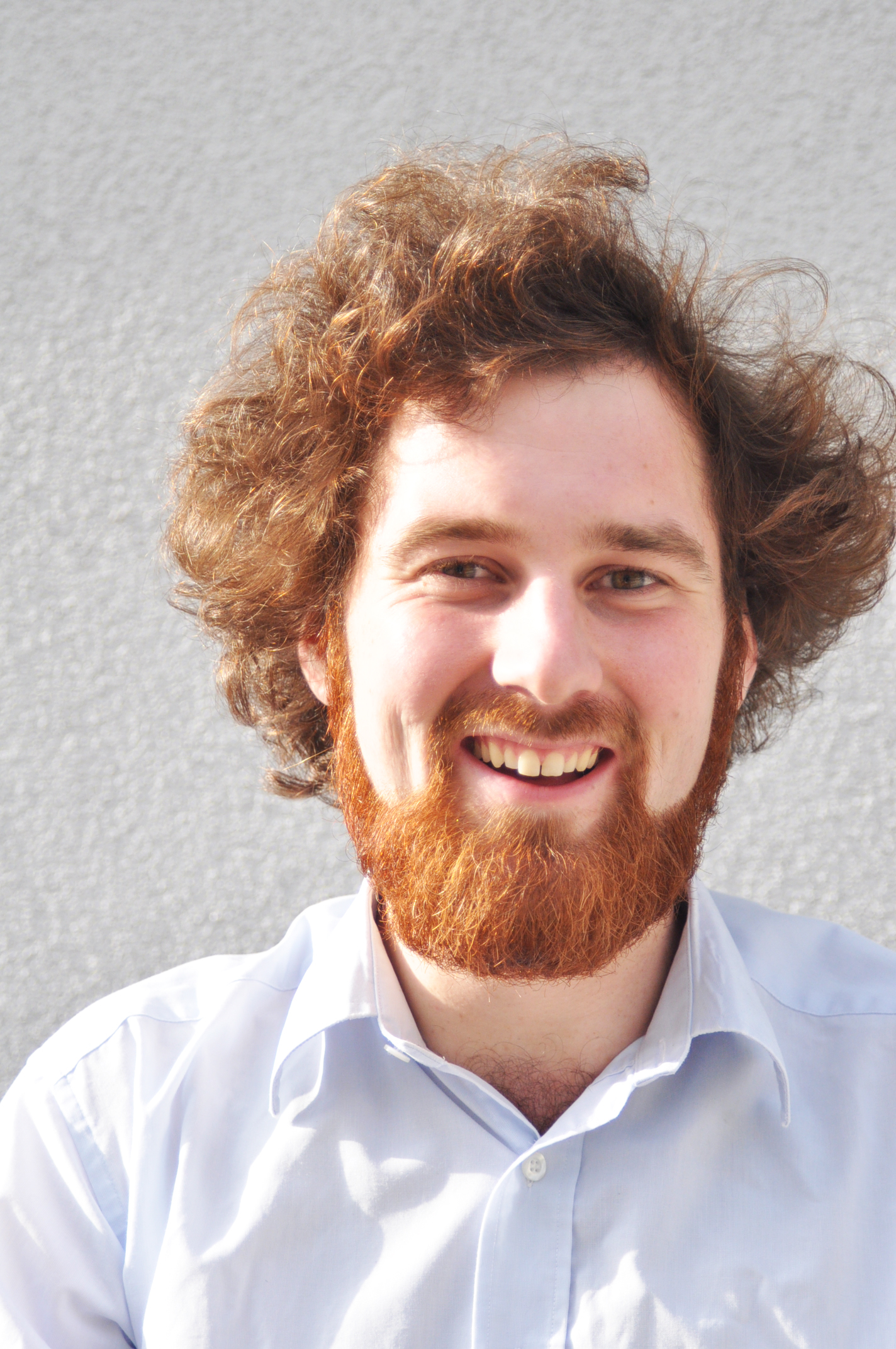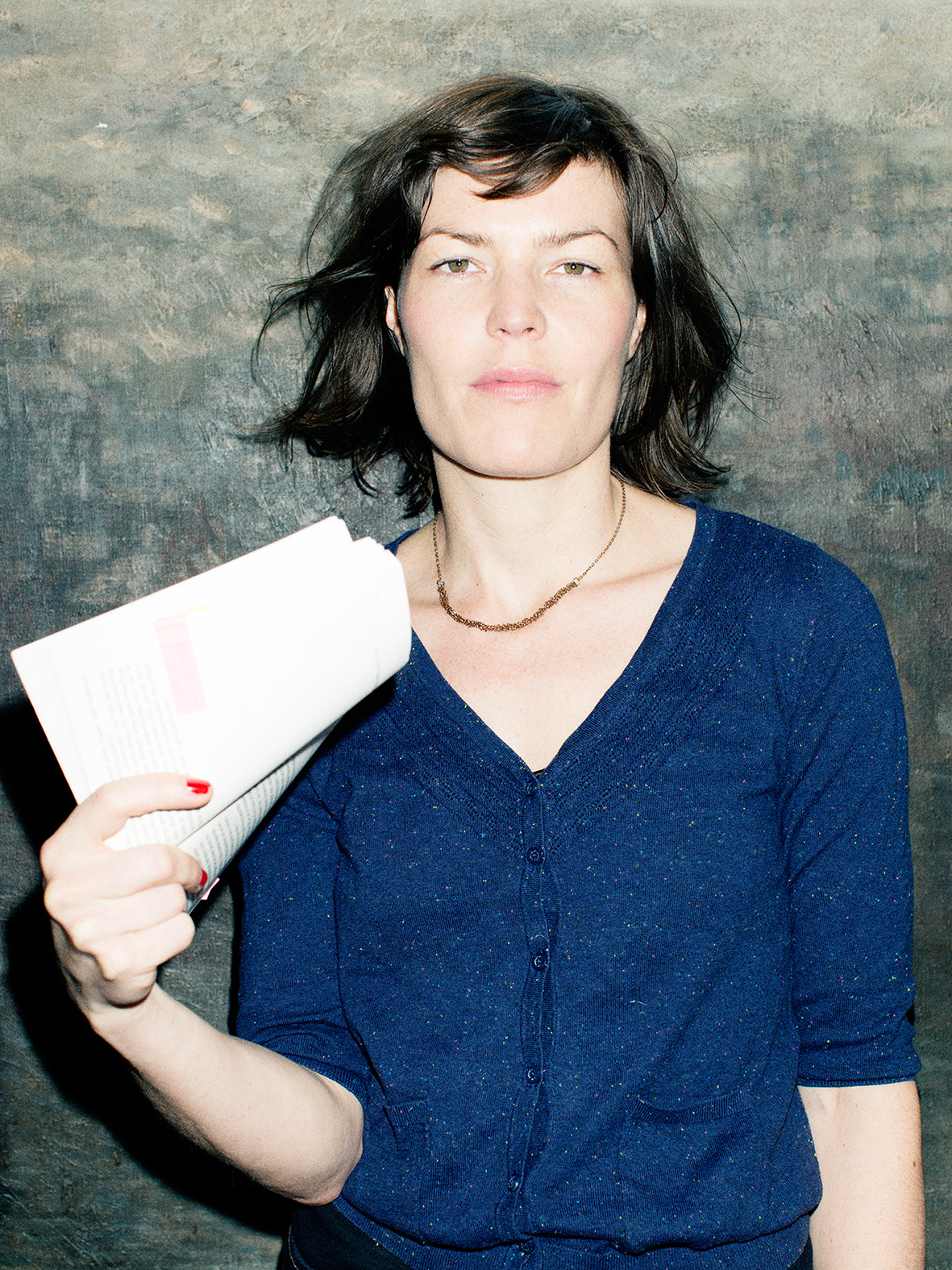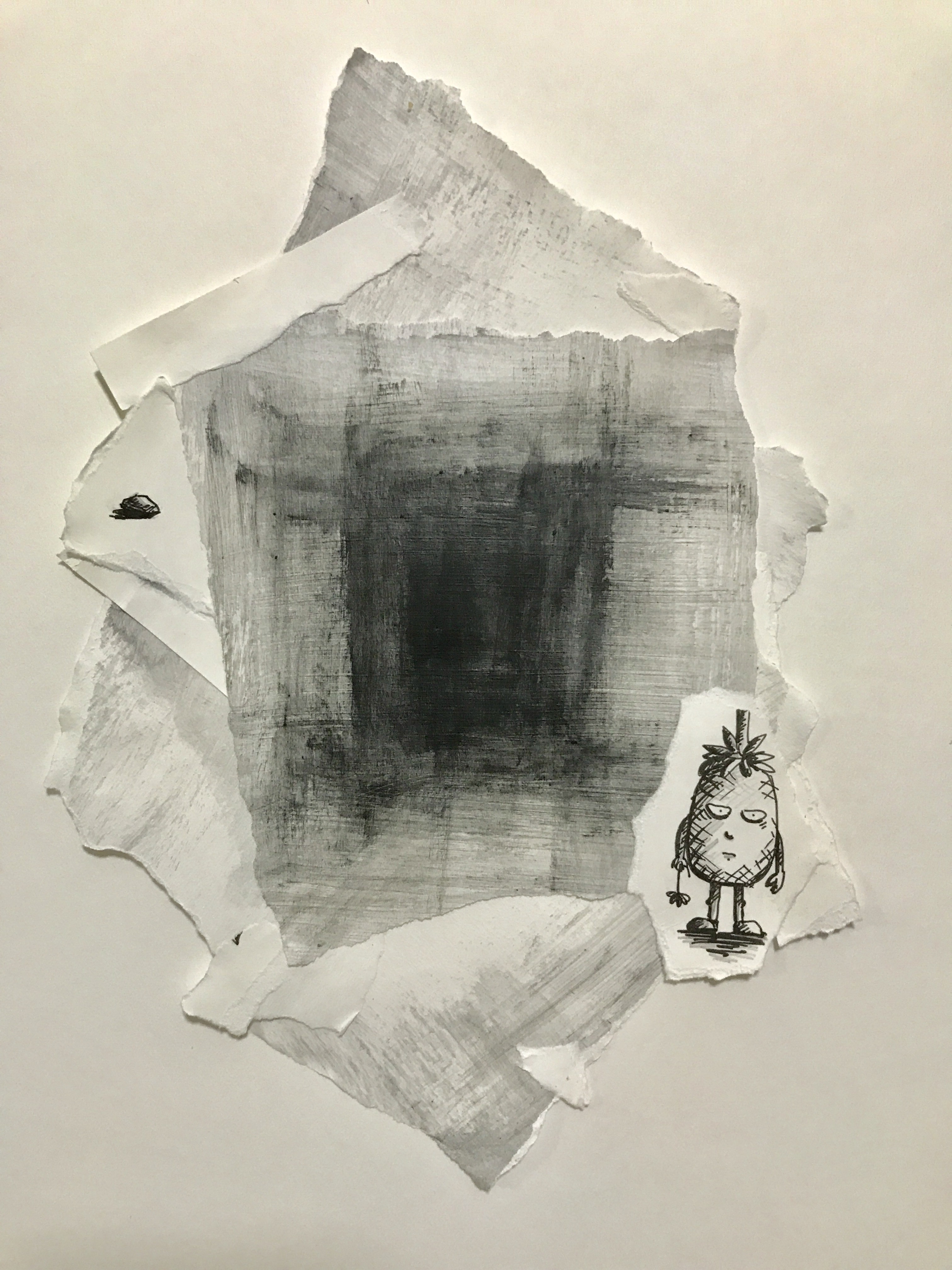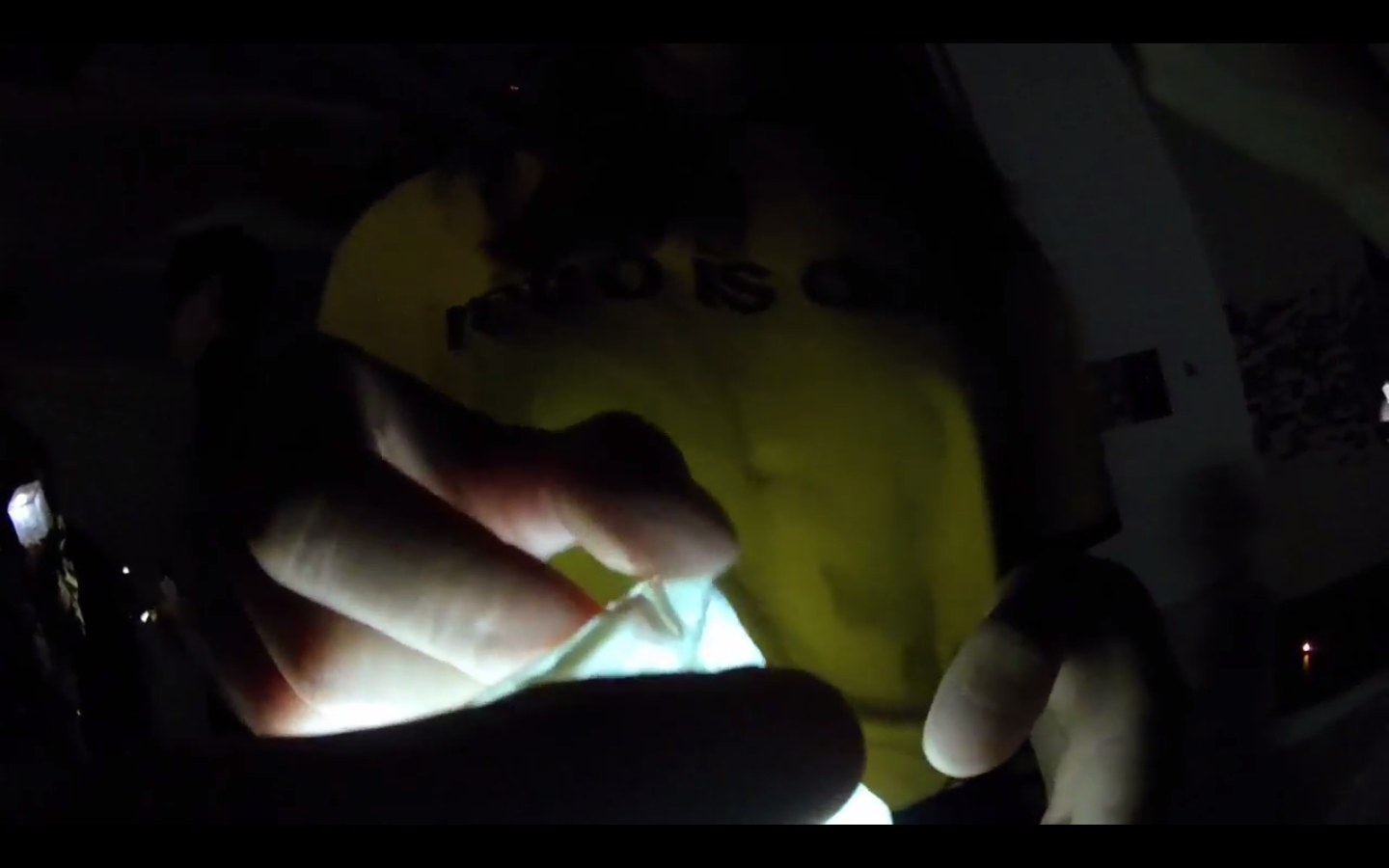Text written by Samuel Toro Perez, Tian Jun Wong, Fang Yun Yang 1. The question In the very beginning of our working process we tried to formulate a basic question. While the common desire for a performative format and the emphasis on body movement became obvious quite soon, the matter of content seemed to be rather a challenge. After some days of discussions, brainstorming and parties, we found a topic which would guide us through our creative process without narrowing us down too much – inspired by observations and details of daily life in Hong Kong from our different perspectives: How environment, people and objects influence and form each other. Also some pragmatic considerations were important for planning our project, such as the fact that we were going to have two performances, each of them concluding a time frame of three weeks for exploring, tryouts and rehearsing, as well as a break of one week between these two phases. A second important fact consisted of the performance locations, the XXX gallery in Tai Kok Tsui …

